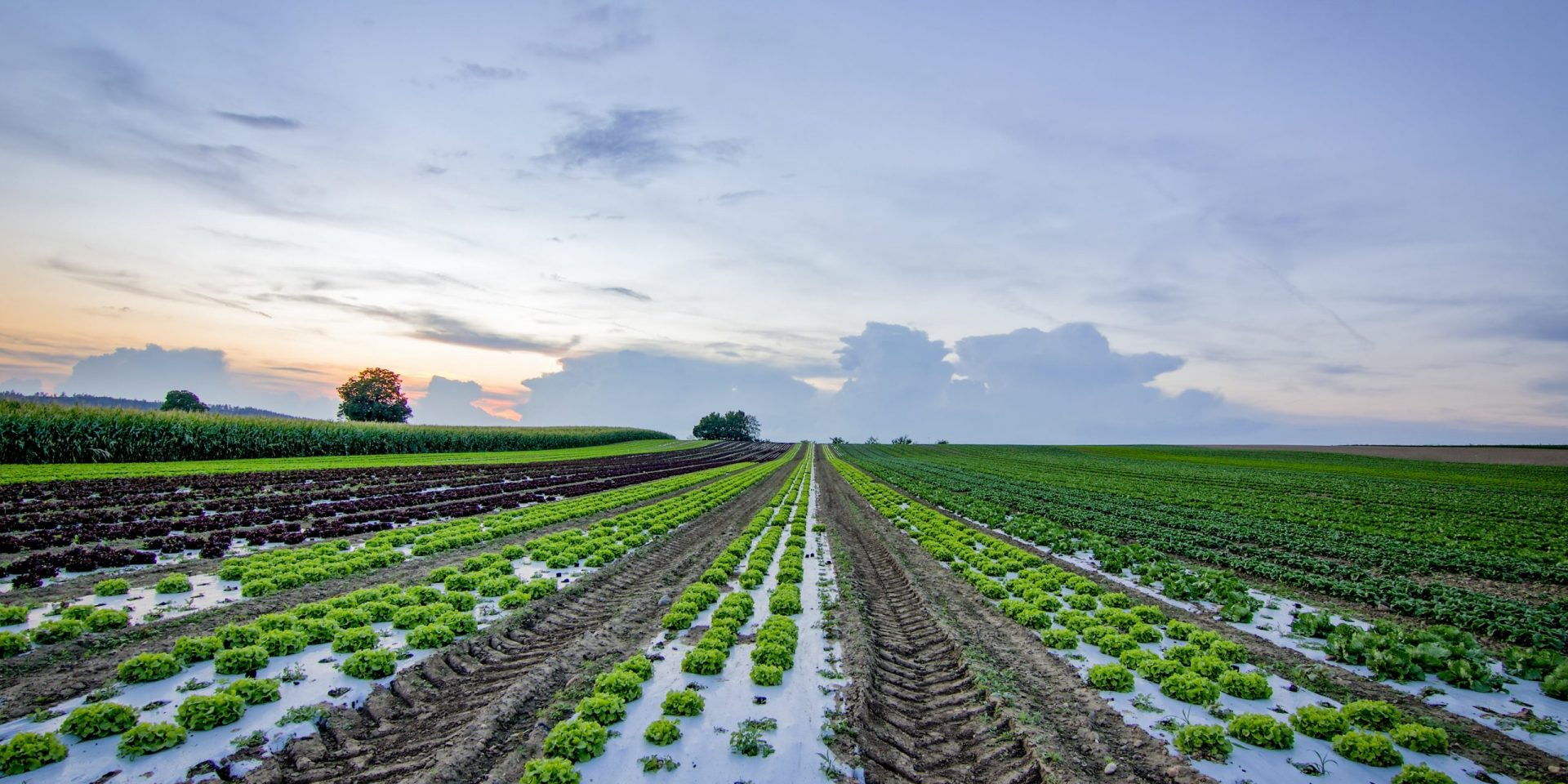How Can Precision Agriculture Increase Productivity for Farmers?
Precision agriculture seeks to use new technologies to increase crop yields and profitability while lowering the levels of traditional inputs needed to grow crops (land, water, fertilizer, herbicides and insecticides). Futuristic decision-making processes have changed agribusiness as a whole. Artificial Intelligence (AI), sensors and UAVs can now be used to measure and keep track of changes in soil moisture levels, nutrient intake and supplies. This new generation of agriculture has been frequently called “Agriculture 4.0” a term included in the World Government Summit report of 2018 and used by many advanced agriculture & technology researchers today.
They argue that the fourth revolution in agriculture technology is underway, and the future is all about data. Farmer 4.0 will need to focus on strategy and systems, leaving past tasks to a new generation of smart machines. (Stackhouse et al. 2019) There are hopes that the 4th Agriculture Era will provide massive paybacks to sustainable agriculture by increasing food productivity through technological efficiencies. These technical efficiencies will result in minimum harm done to the environment and the human body as our dependency on irrigation applications, pesticides and fertilizers may no longer exist. Again, this is due to the implementation of AI – automated procedures, robots, ground sensors, drone imagery, and GPS systems making up a robust, specialized operation. Farms are rewarded in production, profit, safety and sustainability. Overall, crop productivity is positively affected if an entire set of applications can be utilized for more precision and advanced decision-making.
Sowing Predictions
Yield prediction is viral among farm operators these days, which can contribute to the proper selection of crops for sowing and adaptability to a particular climatic condition based on data collected from previous years. This allows for precise planting decisions that involve the types and varieties of the crops to be sown, time of sowing, water, and nutrient needs. And finally, you can manage harvesting schedules to boost edible yields for more profitability.
Planting Patterns
Precision agriculture also involves planting patterns in any particular area, plant spacing, number of plants per hectare and the required fertilizer, plus other inputs to output optimum crop growth. This planting method produces maximum benefits from available resources in the soil to the particular area, which together enhances the production of total cultivated crops.
Disease and Pest Monitoring
Considerable losses in productivity may occur if the presence of disease and pests is not acknowledged well in advance. Precision techniques use drone imagery to observe such epidemics that may cause permanent and irreversible damage to crops. As disease and pests are carefully monitored, precise pesticide applications can be used against affected plants only or on parts of the plants considered damaged. So, operators can cut application costs while increasing their productivity.
Watering Frequencies
Ground sensors connected to irrigation systems keep track of ground moisture and air temperature. A minor fluctuation in temperature or humidity can be closely monitored. If needed, the irrigation system can be turned on for the desired time frame; then shutdown once crops are growing efficiently. This saves time, labour and the cost of irrigation application compared to conventional systems.
Harvesting Schedule
When harvests are made on time, yield potential increases by 20% or more. Our precision system stores information about possible weather changes, precipitation or a sudden increase/decrease in temperature to assist with timely harvests. Desired moisture levels are assessed using ground sensors that are placed within the leaves of the standing crops to create a harvesting schedule that can boost overall production. This can prevent the worst-case scenario from occurring where productivity is reduced because crops have become fully dry.
As you can see, technology and innovation play a central role in agriculture, and with the addition of recent technologies, agriculture production has been boosted to new levels. Research suggests that 95% of farms using advanced technologies in farm management have sales exceeded $1 million. (Stackhouse et al. 2019) Precision agriculture, which analyzes data at the granular level to maximize output, is becoming the norm. In Farmer 4.0, the result of a four-month study by RBC researchers and economists on the changing skills demands in Canadian agriculture, the authors purport, “By analyzing data on farm operations, we’ve created a framework to better understand which agricultural segments are furthest along in terms of technological adoption and what that means for the evolution of skills in the coming years.”


